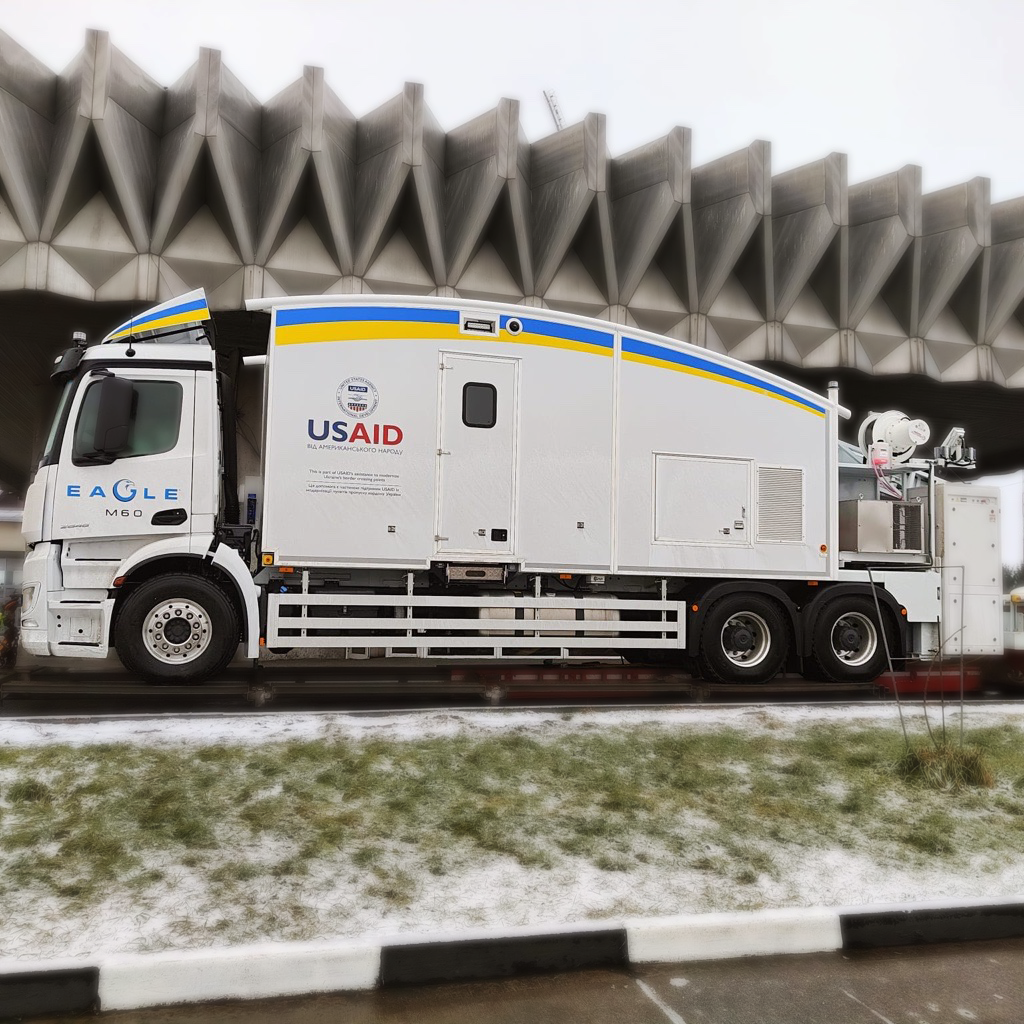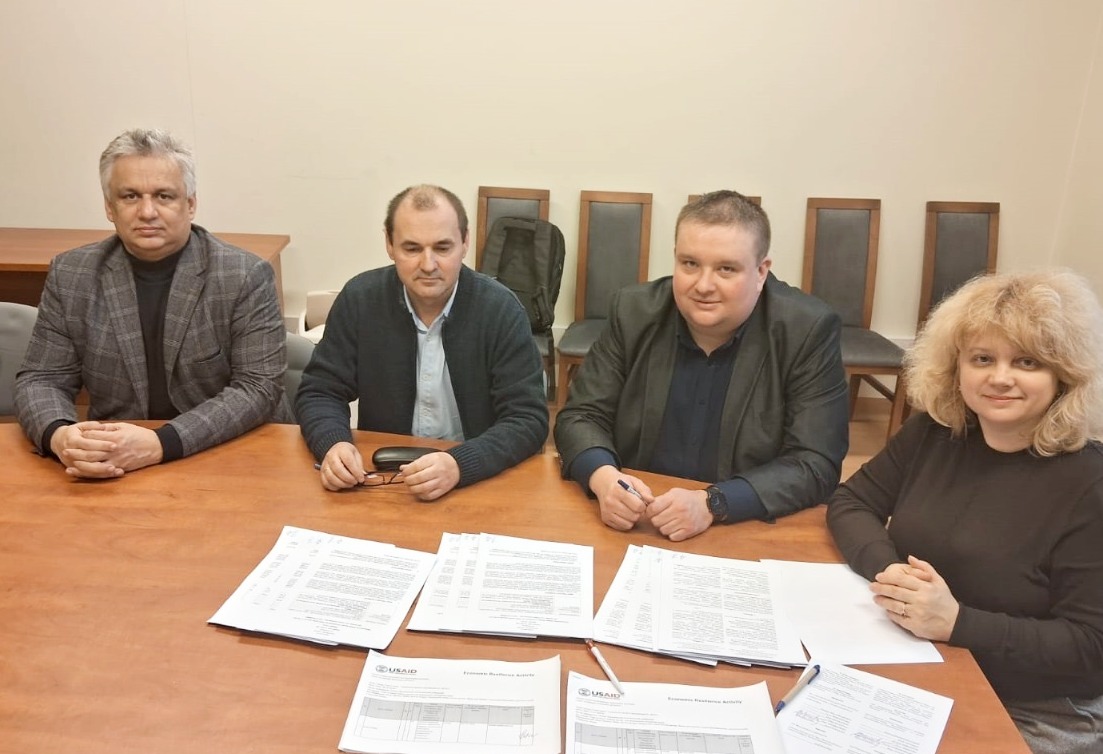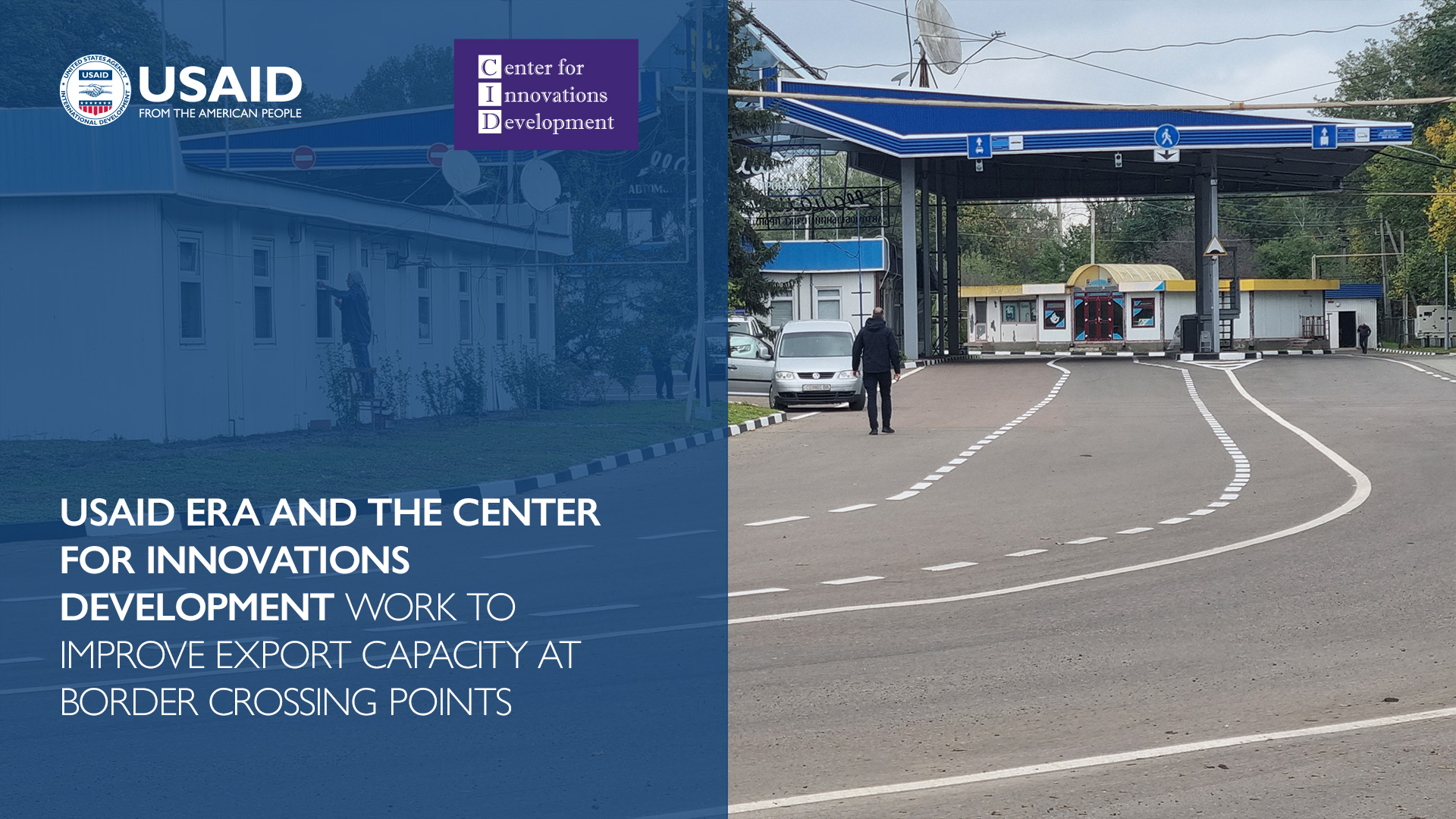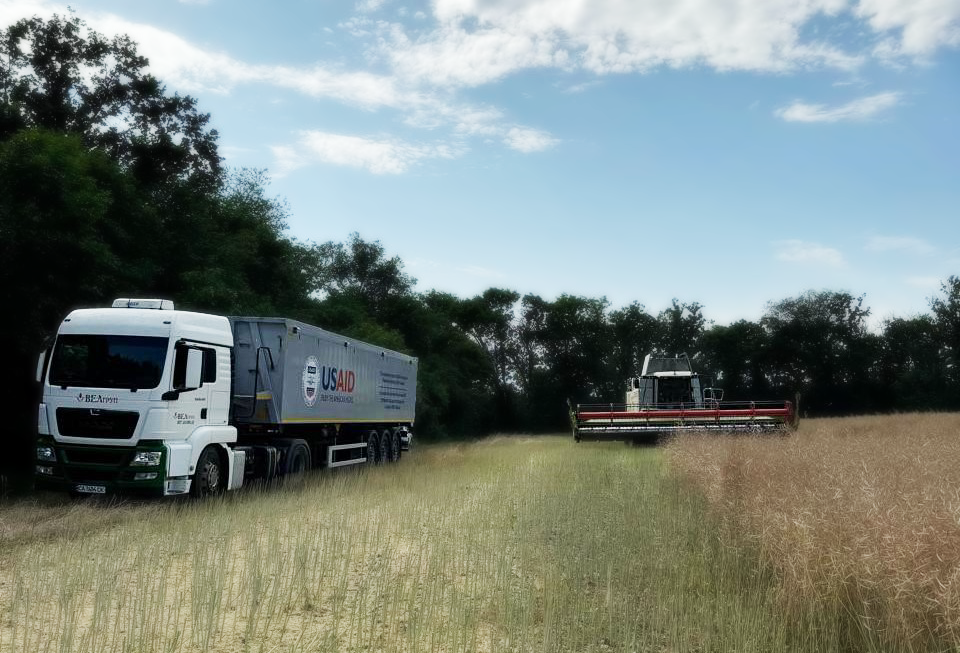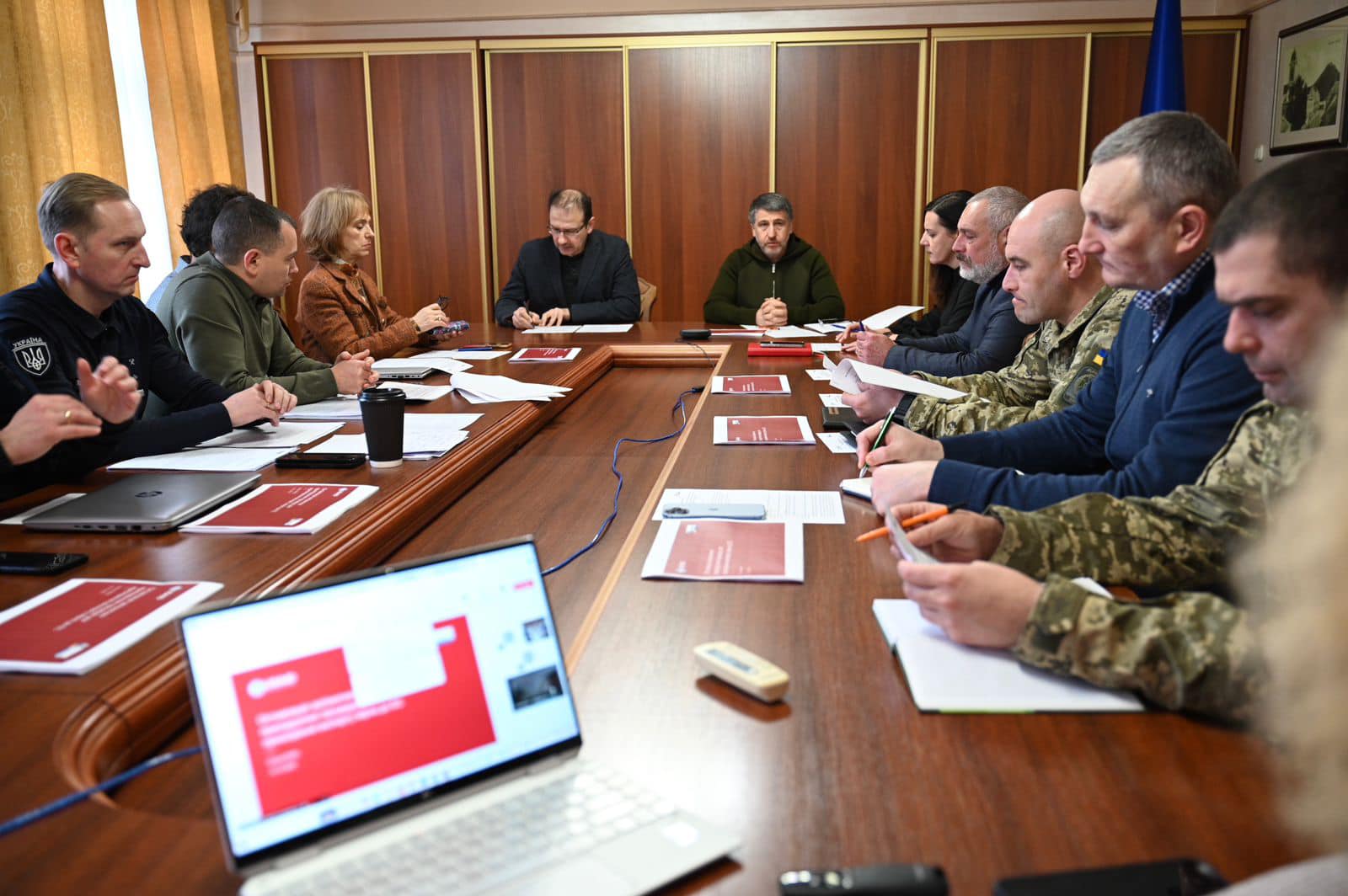USAID’s Economic Resilience Activity (ERA) has completed the pre-qualification of construction companies, paving the way for the engagement of competent contractors to undertake the major construction of key border crossing points on Ukraine’s western borders. ERA issued a request for Expressions of Interest on August 8, 2024, to invite over 100 construction companies with experience and capacity in infrastructure, buildings, road, rail, utility, landscaping, electrical, and mechanical work throughout Ukraine to complete a pre-qualification package for upcoming major construction projects at these BCPs. Out of 24 submitted proposals, USAID ERA selected 16 companies qualified to carry out the required construction work, with 12 capable of undertaking major construction.
This pre-qualification procedure allowed construction vendors to demonstrate that they are suitably qualified to perform this vital construction work. The purpose of pre-qualifying construction firms is to ensure that USAID ERA engages only those subcontractors with proven expertise and reliability. This process was critical to identifying vendors with the technical, financial, and ethical qualifications necessary to execute complex infrastructure projects. By pre-qualifying vendors, ERA aimed to mitigate risks and streamline the procurement process during the bidding phases by not requesting documents already on file and verified. The pre-qualified bidders will be placed on ERA’s shortlist of construction vendors to be solicited to bid on anticipated projects. Pre-qualification will allow ERA to move much more quickly through the bidding process and proceed to construction upon completing the BCP design phases. As a result of the evaluation, ERA pre-qualified 16 companies, out of which 12 qualified for major construction.
ERA has identified 12 target BCPs for complex construction activities. These are the Yahodyn, Uzhhorod, Tabaky, Krasnoilsk, Diakivtsi, Mohyliv-Podilskyi, Chop (Tysa), Starokozache, Mamalyha, Rava-Ruska, and Rososhany road BCPs, as well as key railway BCPs. Construction at these sites will include new terminal construction, renovation, and reconstruction of new or existing cargo or passenger terminals, and major equipment installation. They also include constructing or reconstructing service and processing buildings, and landscaping, pavement, painting; sewage, utility, and lighting work. ERA launched the first major construction project tender on December 20, 2024 – the Mostyska II joint inspection container zone. This is a key rail BCP identified to receive “medium-lift” or less complex construction activities.
Between 2023 and 2026, USAID, through ERA, is dedicating $115 million to support the Government of Ukraine. This support includes the Ministry for Communities, Territories and Infrastructure Development of Ukraine (Ministry for Restoration), the State Agency for Restoration and Development of Infrastructure of Ukraine (Agency for Restoration), the State Customs Service, and Ukrainian Railways (UZ) to upgrade 42 of Ukraine’s border crossing points (BCPs).
